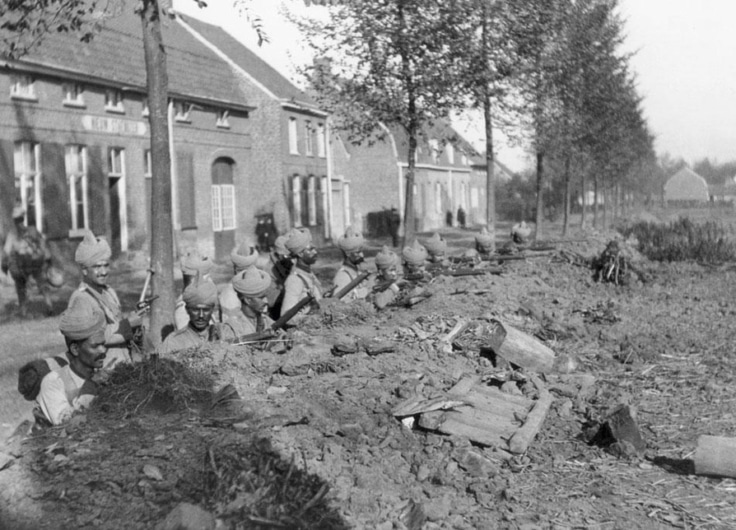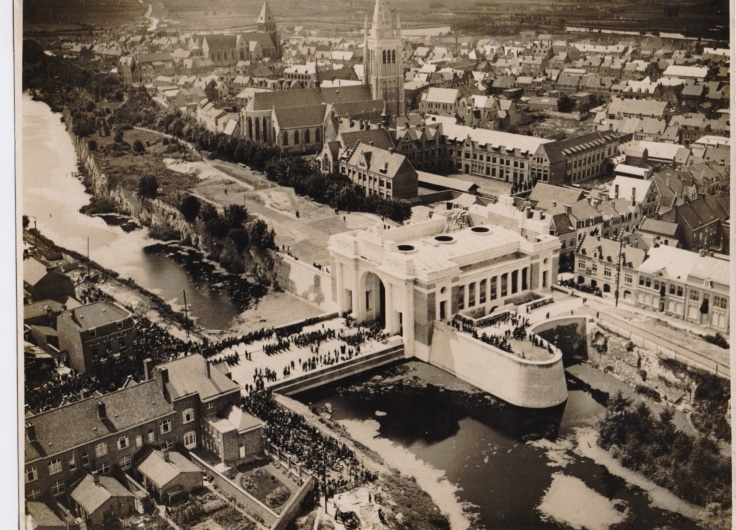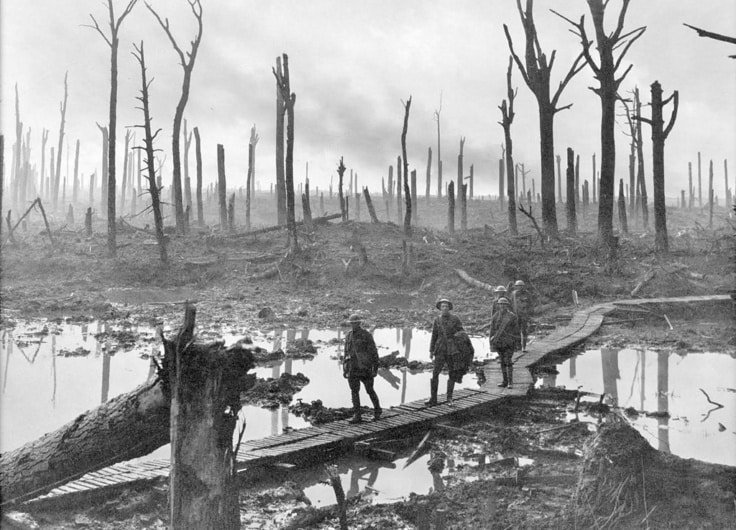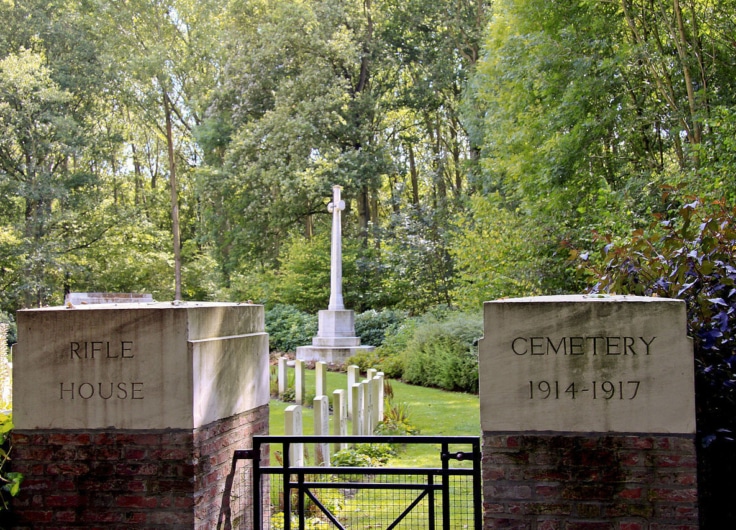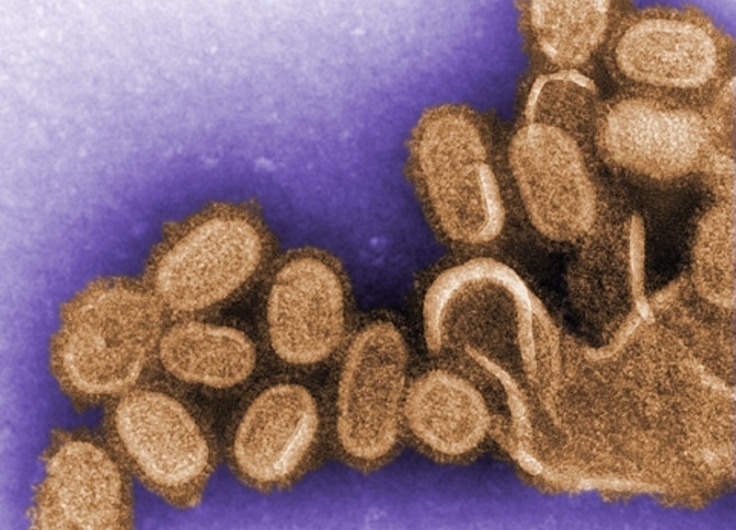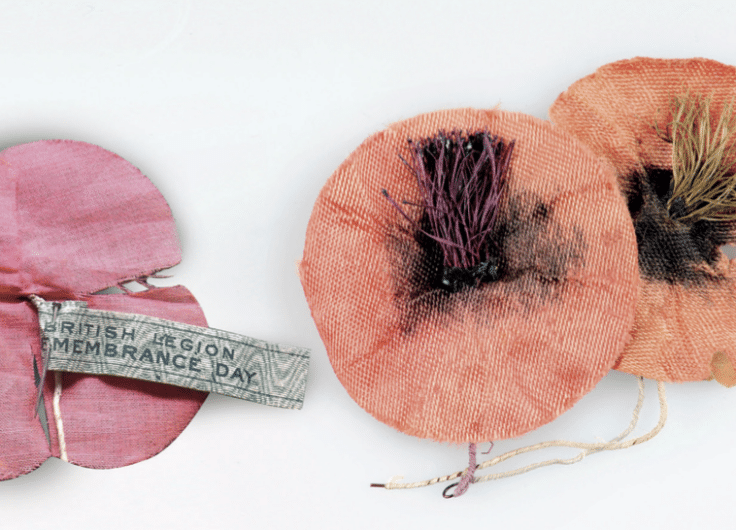King Albert’s Heroes. How 400 Young Belgians Fought in Russia and Conquered the US
In the First World War, a Belgian armoured battalion was sent abroad against the Germans and Austrians. It was called ACM and its members became engaged in a worldwide adventure. This is the story of 400 young Belgians who fought in Russia, escaped from Siberia and conquered the USA.
In August 1914, Germany declares war on Belgium and German troops invade the country. The Belgian army finally retreats to the coastal region behind the river Yser, with Belgian troops facing the Germans in the opposite trenches. Towards the end of the year, however, a remarkable Belgian officer, Major Collon, organizes in Paris a battalion with ten armoured cars and becomes the first commander of this new unit, ACM or Armoured Cars with Cannons and Machine Guns, counting about 400 members. These war volunteers are young Belgians, well-educated, some of them of noble Belgian families and all of them determined to keep on fighting against the invaders of their homeland.
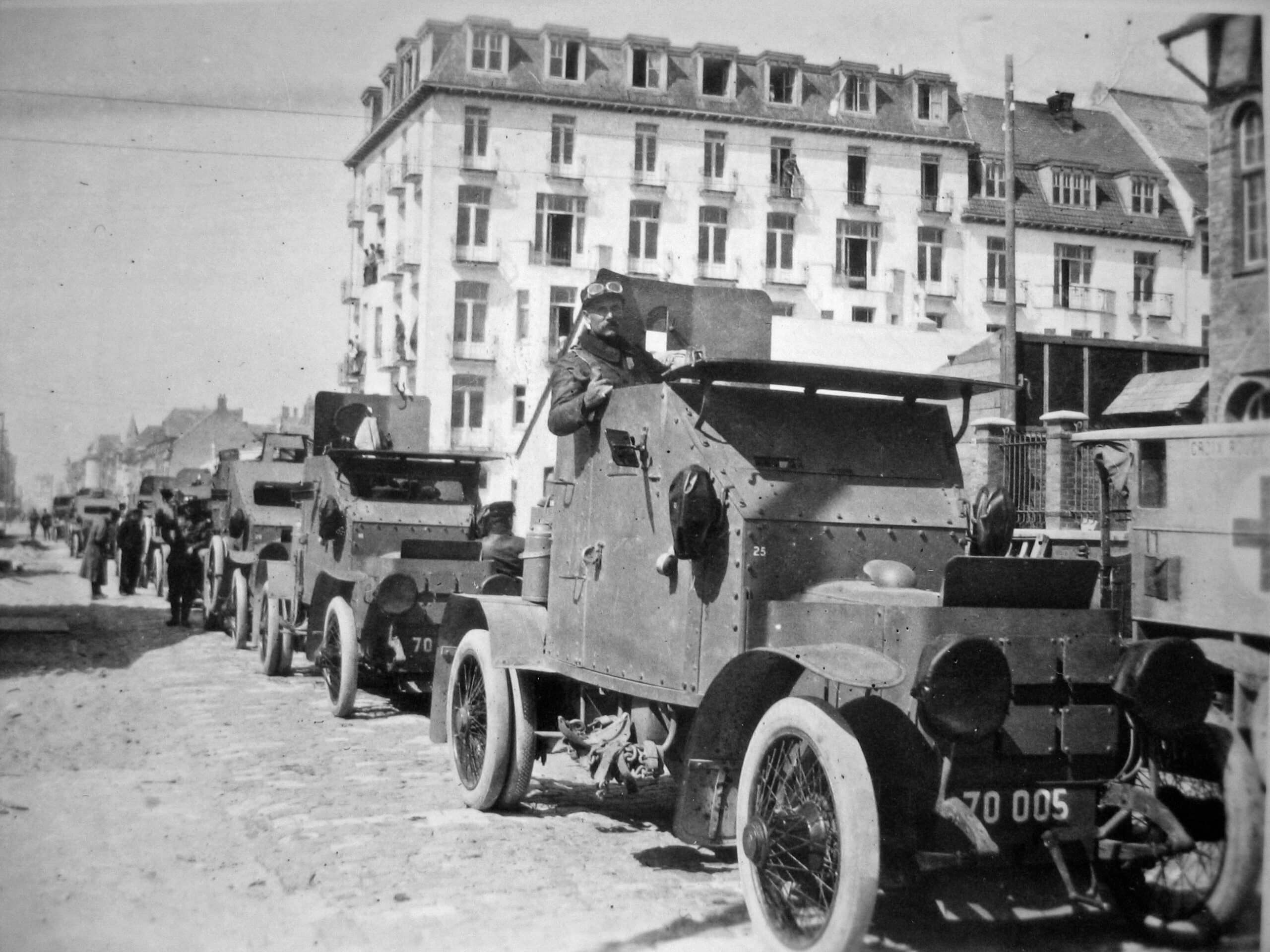 The ACM stays in the rear of the Yser Front, in the Moeres on the French-Belgian border, De Panne, Belgian coast, mid-1915
The ACM stays in the rear of the Yser Front, in the Moeres on the French-Belgian border, De Panne, Belgian coast, mid-1915© Collection JVV
Late spring of 1915, the ACM moves to the French-Belgian border. However, due to the trench warfare on the Belgian Front, the unit cannot play any military role there. The ACM stays in the rear, where its armoured cars catch the eye of the Russian representative at the Belgian army staff. He informs King Albert I, who has taken command of the Belgian army, that the ACM may be more useful in Russia. The Russian military command agrees to this view and after negotiations with the Belgian government, the latter decides to send the ACM to Russia.
The ACM-men cross the northern waters of the Atlantic Ocean on board of an old British cargo. It is an exhausting passage with heavy storm and lack of food. Mid-October 1915, they disembark in the port of Arkhangelsk and finally arrive in Saint Petersburg. The highlight of their stay there is the parade in the imperial residence of Tsarskoye Selo. On that occasion, Nicholas II, the last Russian tsar, climbs on a Belgian armoured car to get a closer look at it from inside.
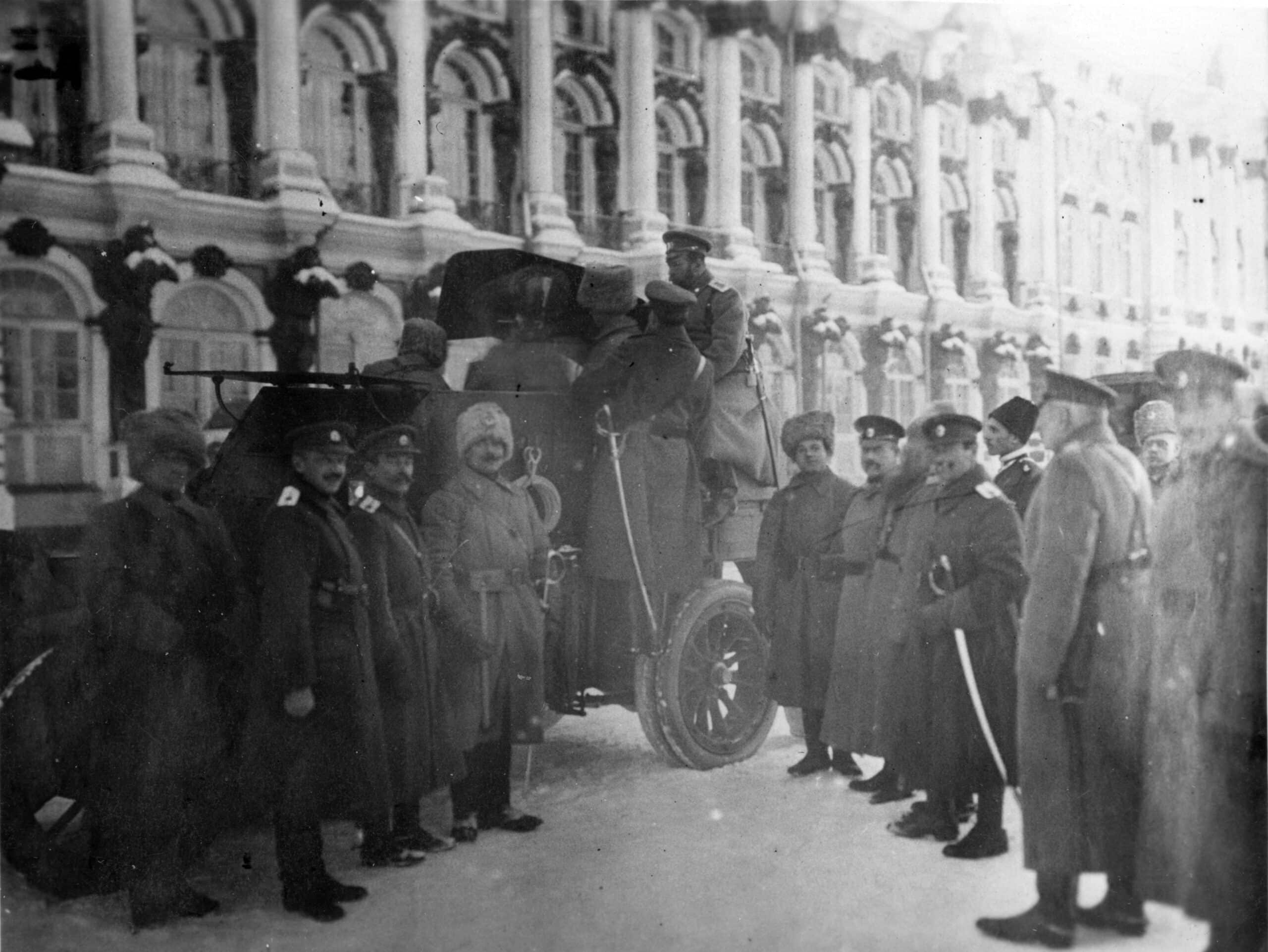 Tsar Nicholas II climbs on a Belgian armoured car during the official reception of the ACM at the imperial residence of Tsarskoye Selo, Saint-Petersburg, 6 December, 1915
Tsar Nicholas II climbs on a Belgian armoured car during the official reception of the ACM at the imperial residence of Tsarskoye Selo, Saint-Petersburg, 6 December, 1915© KLM-MRA
In January 1916, the ACM travels by train to Galicia, in those days an eastern border region of the Austrian Empire and now part of western Ukraine. The Belgians spend the winter in the Galician town of Zbarazh. Major Collon, the founder of the ACM, has been replaced by Major Semet and this new commander prepares the ACM-men for action with tough military drill. In those days the Galician Front runs north to south along the river Sereth, with Austrian troops on its west bank and the Russian army on the east side. Ternopil is the most important town behind Russian lines. Mid-1916, the Russian army under General Brusilov is ready for the summer offensive in which the ACM-Belgians are going to take part.
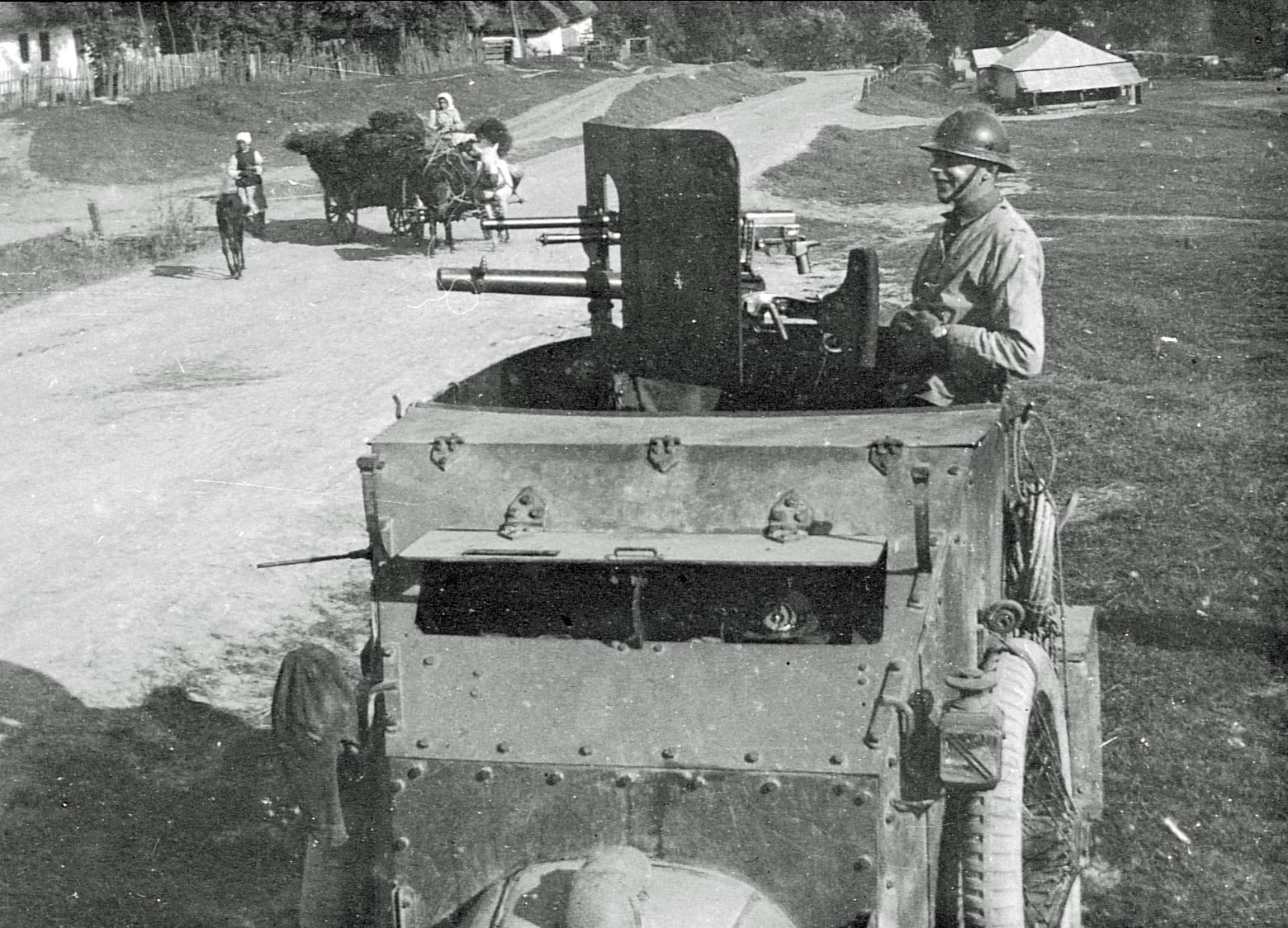 The Belgian ACM will take part with its armoured cars in the Russian offensive, Galician Front in western Ukraine, summer of 1916
The Belgian ACM will take part with its armoured cars in the Russian offensive, Galician Front in western Ukraine, summer of 1916© Collection JVV
In the summer of 1916, thousands of ill-armed Russian soldiers die on the battlefield and though the Belgians are a bit better protected by their armoured cars, some of them get killed in action. The first victim is soldier de Becker, the son of a Belgian baron and senator. He is shot in the head when he attaches a cable to an ACM-car that has got stuck on the battlefield. De Becker gets a military funeral in Ternopil, he is buried there and soon there will be other Belgian graves on Ternopil cemetery. In August 1916, the ACM-unit spearheads the Russian attack and Belgian armoured cars beat off an Austrian counterattack at the Zboriv railway station. ACM-pen drawings have pictured these actions. Moreover, ACM-Belgians made hundreds of photos of their military campaign in Galicia and their return journey later on. These pictures are preserved till this day, together with a whole lot of ACM-diaries with the war efforts and many other adventures, some of them hilarious, others emotional and even tragic.
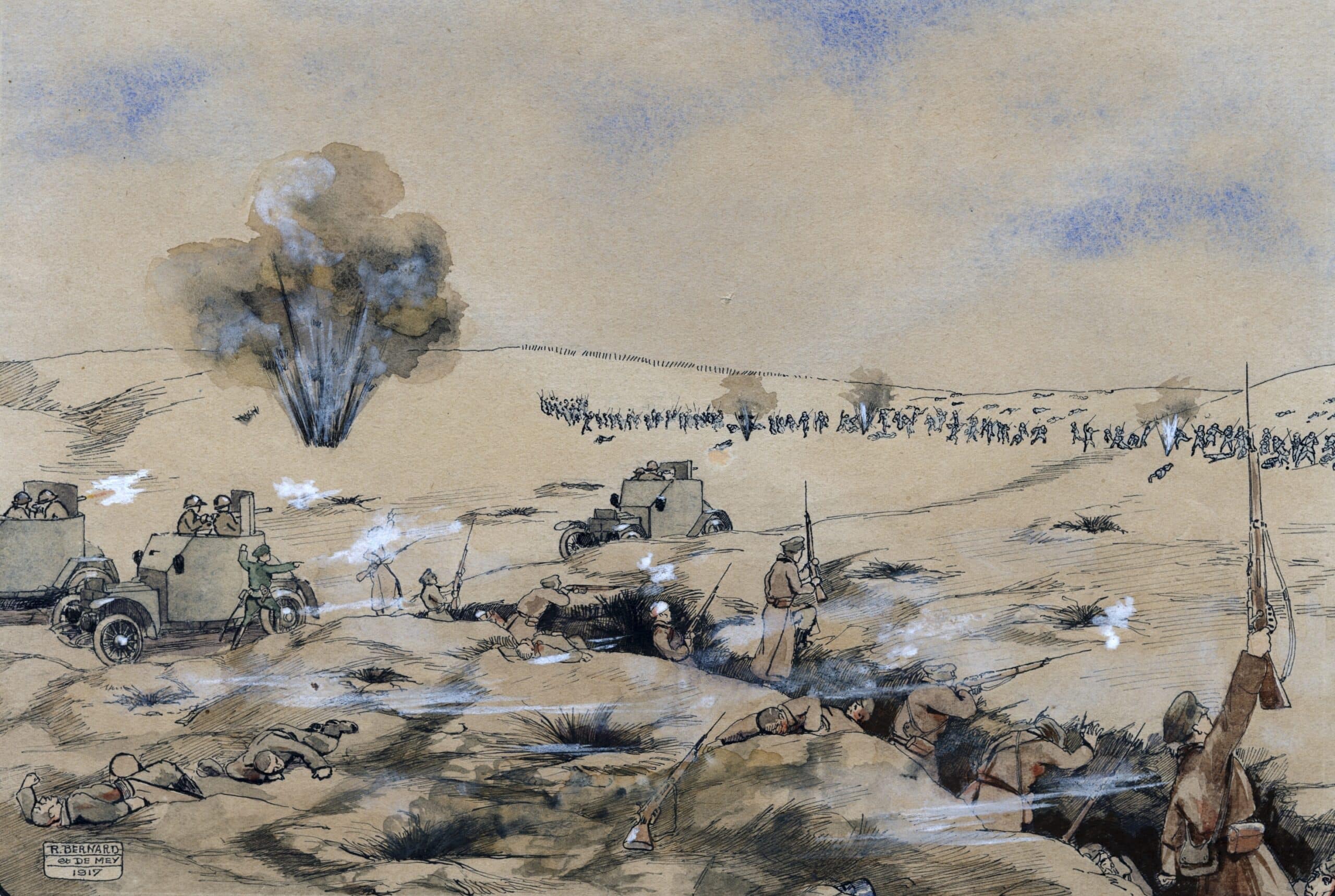 Three ACM-cars stop an Austrian counterattack at the Galician town of Zboriv, Galician Front, 1 September, 1916, Pen drawing Bernard-De Mey
Three ACM-cars stop an Austrian counterattack at the Galician town of Zboriv, Galician Front, 1 September, 1916, Pen drawing Bernard-De Mey© KLM-MRA
The ACM spends the winter of 1916-17 in the Ternopil region. The picture of a lonely Belgian soldier, standing amid barbed wire and looking out over a desolate landscape covered up in snow, perfectly illustrates the feelings of many homesick ACM-men. Some file an application, asking to be repatriated, but these requests are turned down. The Belgians must endure the shabby barracks, the lack of fresh food and the dark days in isolation.
Early spring of 1917 brings exciting news. The revolution has broken out in Russia, the tsarist regime is replaced by a provisional government and Aleksandr Kerensky comes to the fore as Minister of War. The ACM-Belgians are confronted with the revolutionary changes: Russian soldiers refuse to fight any longer and demand peace; Bolshevik agitators urge them to turn their weapons against the ruling classes. ‘The red obsession has begun,’ an ACM-officer notes down in his diary. For the time being, the war against the Austrian-Germans will go on and Kerensky plans a Russian summer offensive in Galicia. He visits the front in the late spring of 1917 and when he meets the ACM-men, he praises them as soldiers of the small Belgian nation that keeps fighting against the German enemy. An ACM-officer writes in his diary: ‘Magnificent words, but they will soon be forgotten…’
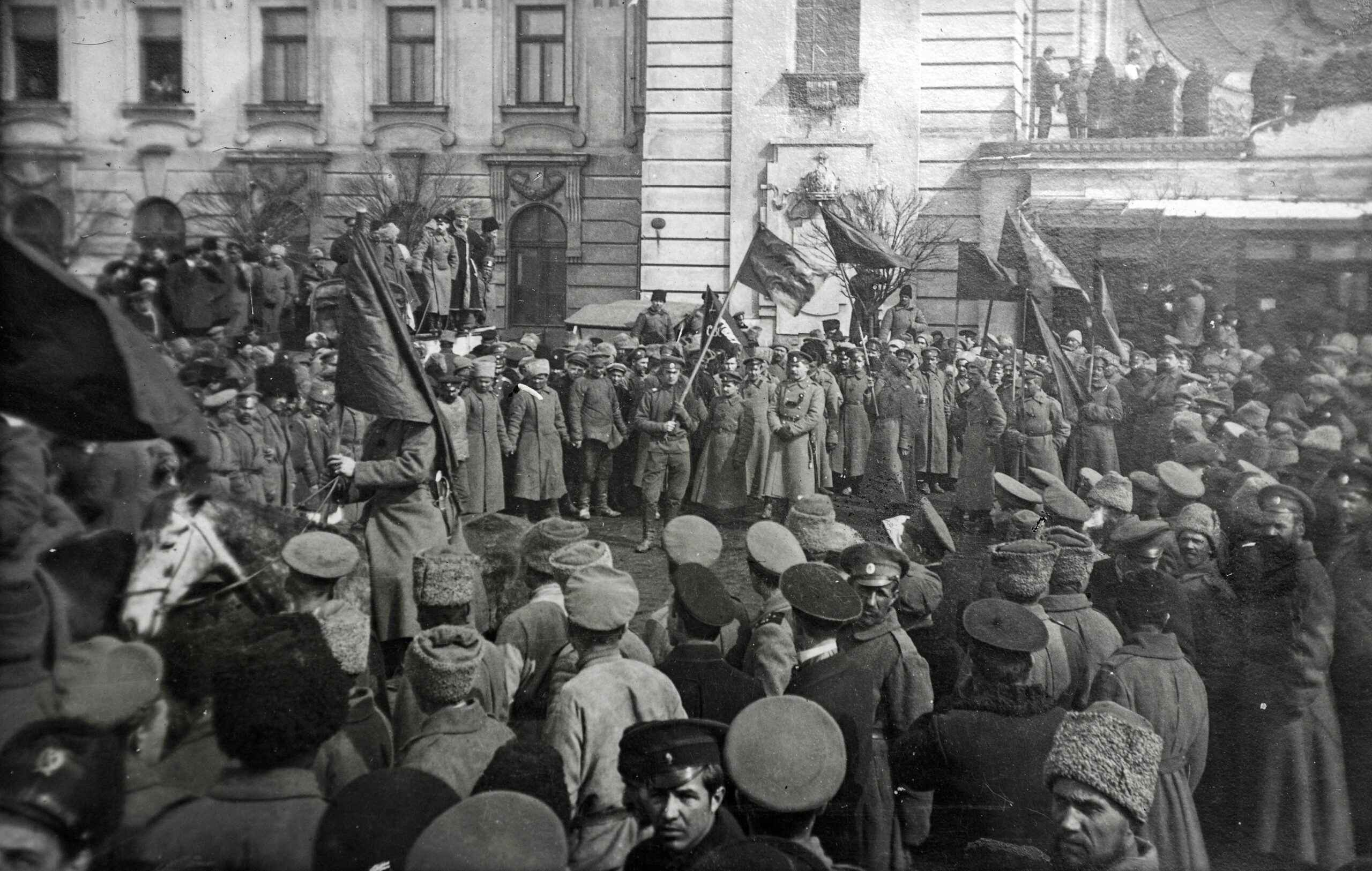 Mass demonstration of Russian troops in the Galician town of Ternopil, Russian Revolution, spring of 1917
Mass demonstration of Russian troops in the Galician town of Ternopil, Russian Revolution, spring of 1917© Album De Pauw
The Kerensky Offensive in the summer of 1917 is a complete failure. At the start of July, the ACM-Belgians advance against the enemy. A bit later, however, a group of Belgian armoured cars is trapped and blown to pieces by Austrian artillery fire in the village of Konyukhy. The crewmen are killed or badly wounded. The Russian army is on the run, Ternopil is taken by the Germans, the ACM retreats to new positions in villages east of Zbarazh. Autumn colours the Galician landscape and the ACM-men take pictures of the local population. All this changes drastically when Red October breaks and the Bolsheviks seize power in Russia. The Belgian government finally decides to get the ACM out of this revolutionary chaos and the unit retreats to Kiev.
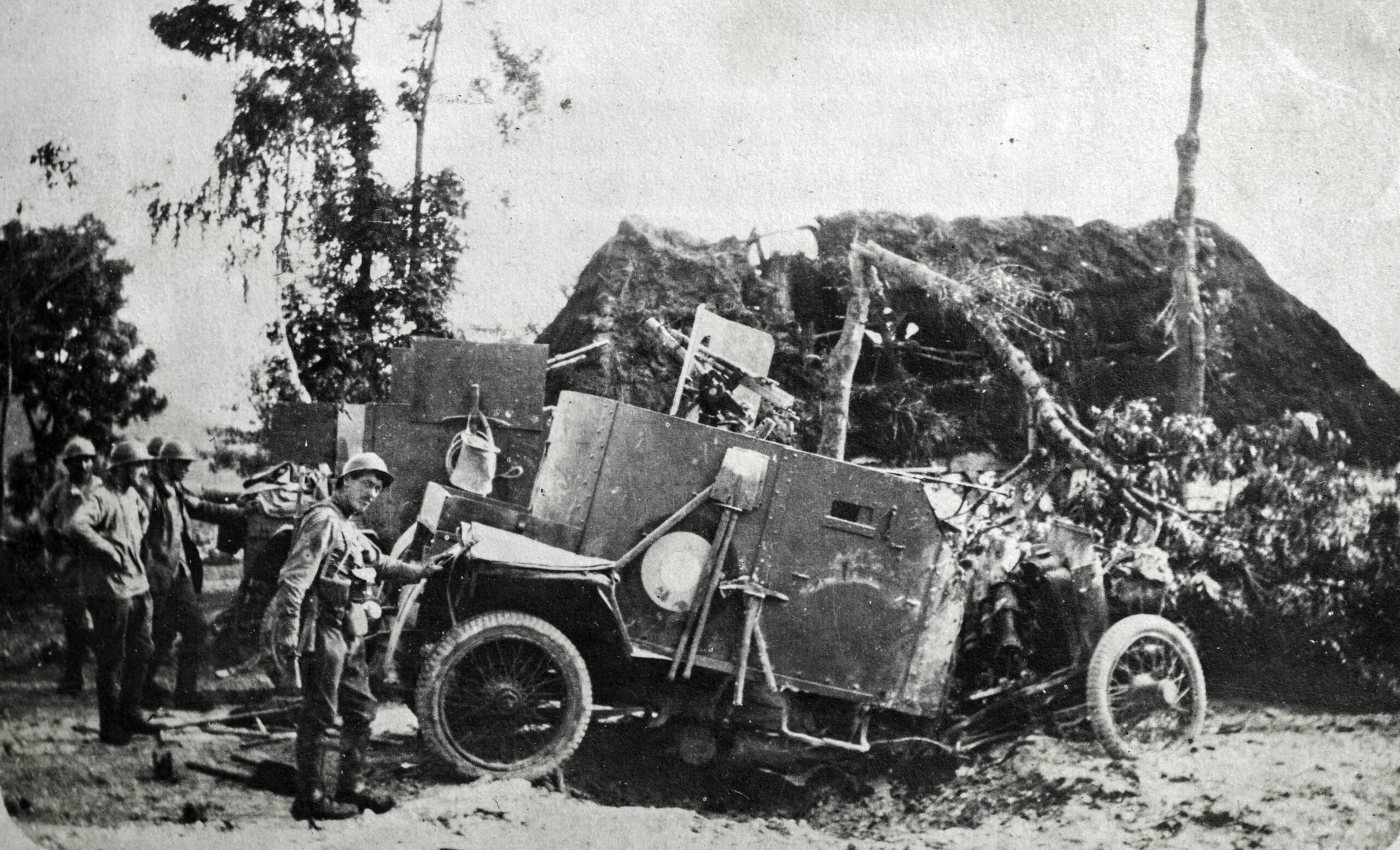 Belgian combat battery with three armoured cars destroyed by Austrian artillery fire, Galician Front, 2 July, 1917
Belgian combat battery with three armoured cars destroyed by Austrian artillery fire, Galician Front, 2 July, 1917© Album De Pauw
Till February 1918, the Belgians stay in Kiev in two cantonments, in barracks in the Svyatoshin suburb and in the Mikhailov monastery in the old centre. The ACM runs out of provisions. The Belgians find a solution: they start producing vodka with improvised equipment and they sell it in exchange for food. Kiev on the verge of civil war is governed by the Ukrainian independence movement, but this Central Rada has to cope with the revolt of red workers from the Arsenal Factory and Bolshevik Red Guards from outside approach the city as well. Caught in the crossfire of the armed parties, the ACM-men take care of civilians who have found shelter in the Mikhailov monastery. Finally, when the Reds occupy Kiev, the Belgians manage to get a train from the Bolsheviks. The latter want the ACM-cars in return. End February 1918, the train leaves Kiev without these armoured cars, but the Belgians have dismantled them first.
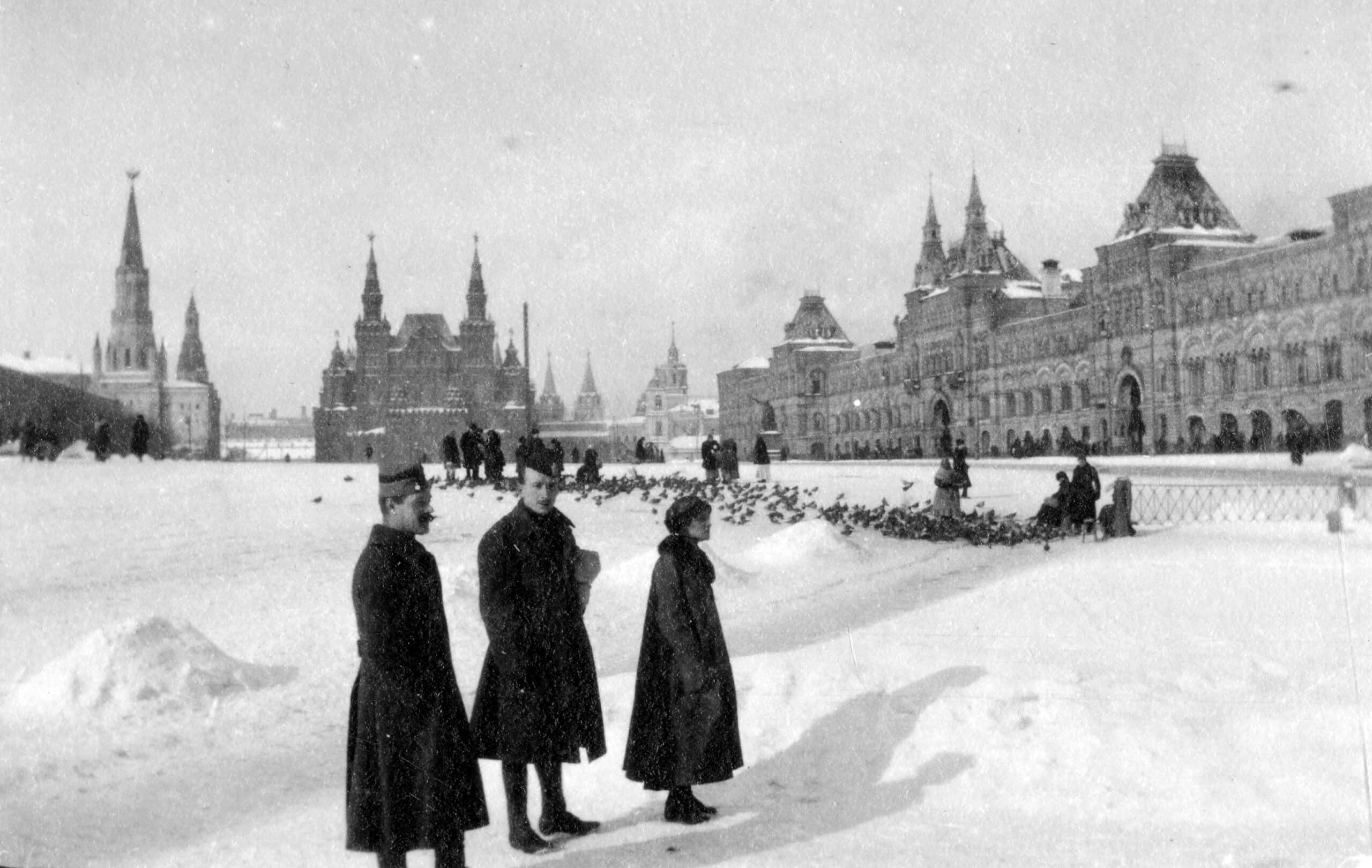 ACM-Belgians on the Red Square during the return journey, Moscow, 26 February 26, 1918
ACM-Belgians on the Red Square during the return journey, Moscow, 26 February 26, 1918© KLM-MRA
The train is on the move. There is a stop in Moscow and then the ACM-Belgians get stuck in the neighbourhood of Vologda. Rumours have spread that the northern route to Arkhangelsk has been cut off by the Germans. When the ACM-staff still prefers this shorter route out of revolutionary Russia, a revolt breaks out. ACM-men refuse to go on and start negotiating with local Reds. This dangerous situation comes to an end when the ACM-command gives in and decides to take the Trans-Siberian Railway for the long route to the Far East. It will be a difficult journey. The Siberian winter holds the train with the Belgians in its ice-cold grip, local Bolsheviks try to disarm them and they have to force a free passage in Omsk and east of Lake Baikal.
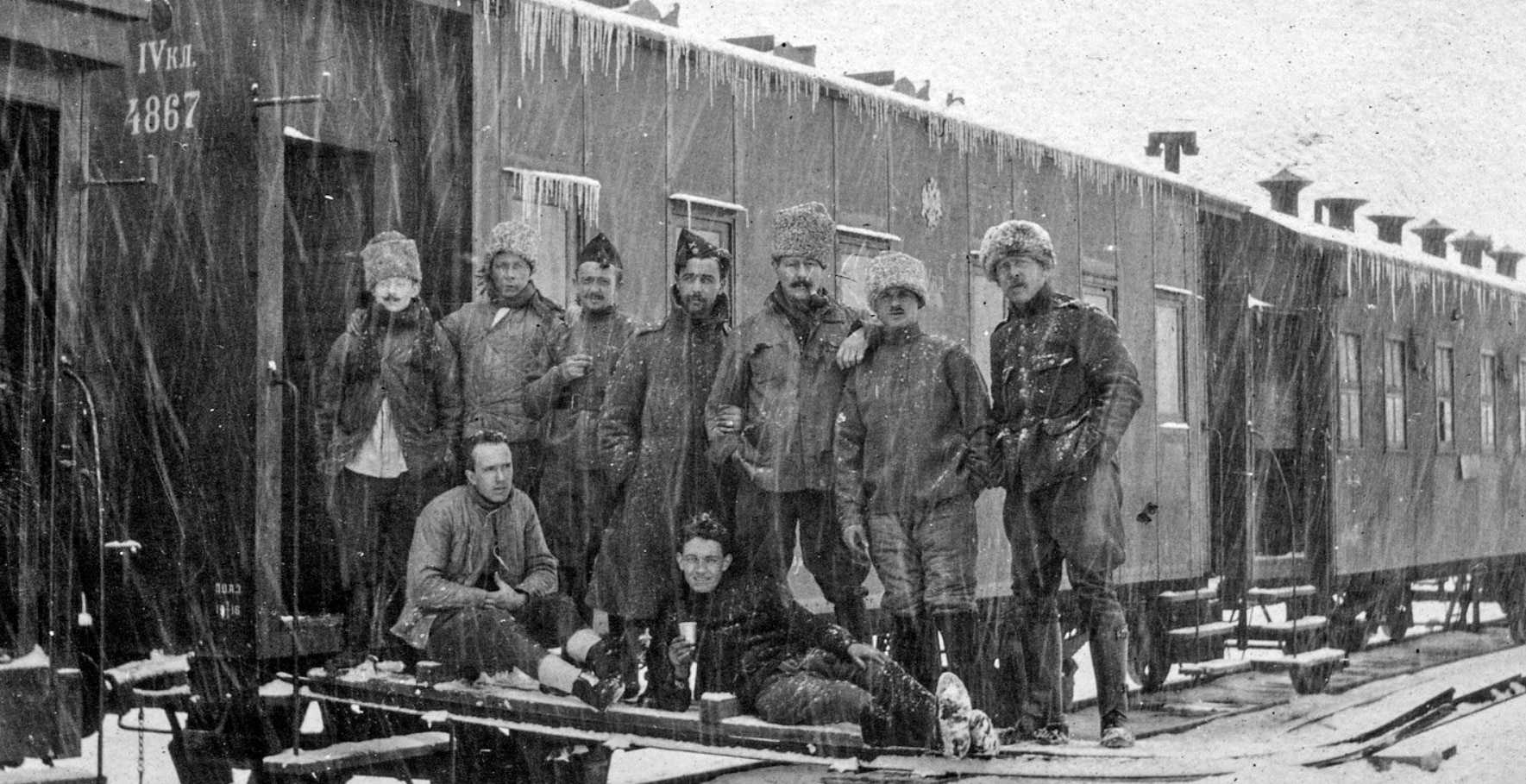 ACM-Belgians freezing on the ice-cold railroad track during the return journey, Siberia, March 1918
ACM-Belgians freezing on the ice-cold railroad track during the return journey, Siberia, March 1918© Album De Pauw
At the end of March 1918, the ACM-men cross the Russian-Chinese border. They spend a month on leave in the Manchurian town of Harbin. Some Belgians indulge in erotic adventures; others desert the ACM and join the anti-Bolshevik Cossacks in Manchuria and Siberia.
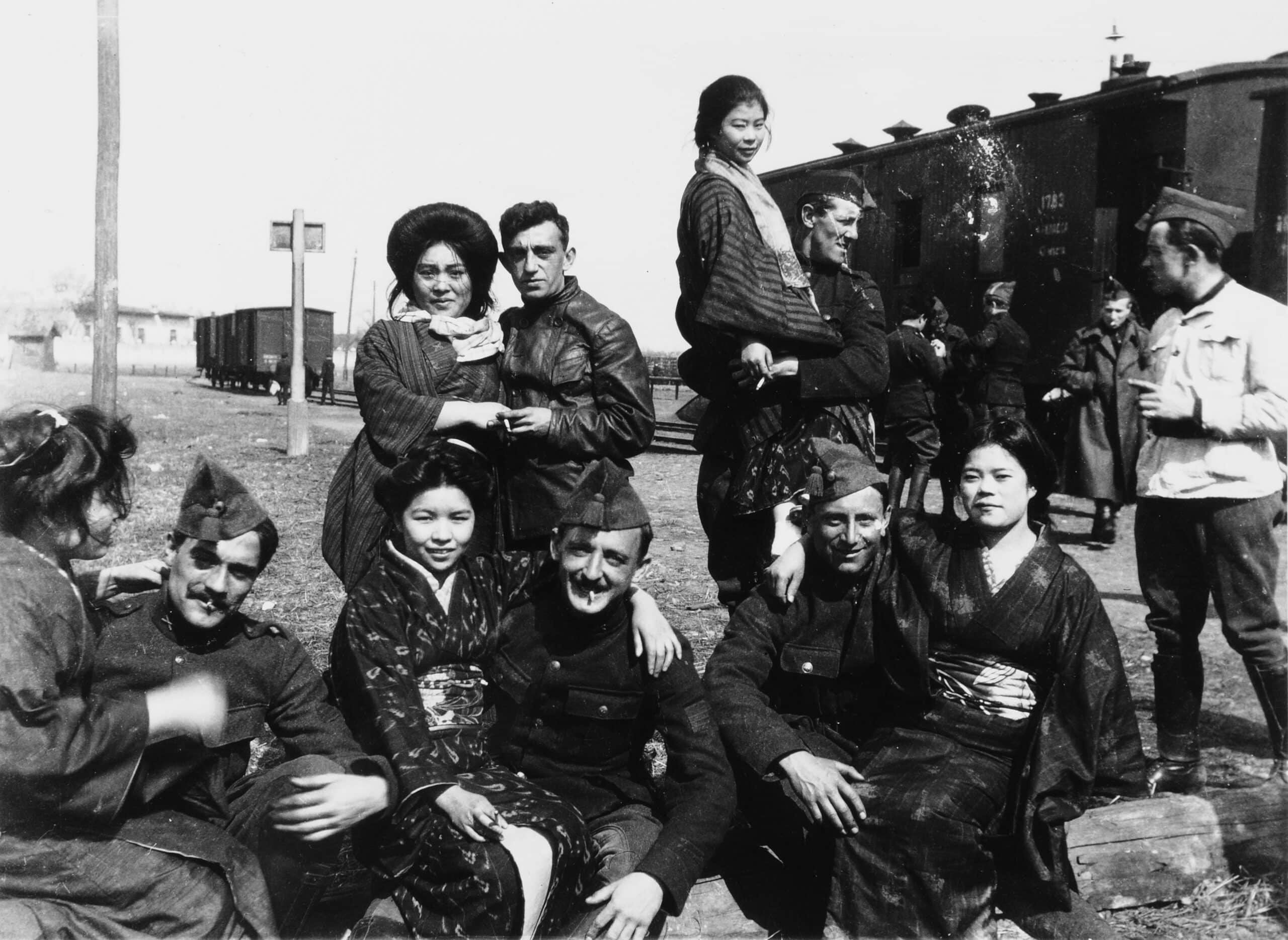 ACM-Belgians enjoying the company of Japanese geishas in Harbin, China, April 1918
ACM-Belgians enjoying the company of Japanese geishas in Harbin, China, April 1918© KLM-MRA
After their arrival in Vladivostok, the Belgians are picked up by the American ocean steamer USAT Sheridan, which brings them to California. On high diplomatic level, both Belgian and American, it has been decided that the ACM-men are excellent material for war propaganda. They show the fighting spirit of Brave Little Belgium and thus set the good example for American US soldiers and citizens.
Large crowds cheer the Belgians when they march on parade in American cities. This military tour starts on May 14, 1918, in San Francisco and ends four weeks later in New York. In order to increase the effect of the parade in New York, an impressive American military band is dressed in Belgian uniforms and this band leads the march of the ACM-Belgians on Fifth Avenue. It works, and The New York Times reports: ‘Vive la Belgique was the cry that greeted the marching Belgians. These brave Belgians looked less like foreign troops than any other allied veterans that have appeared before the American public.’
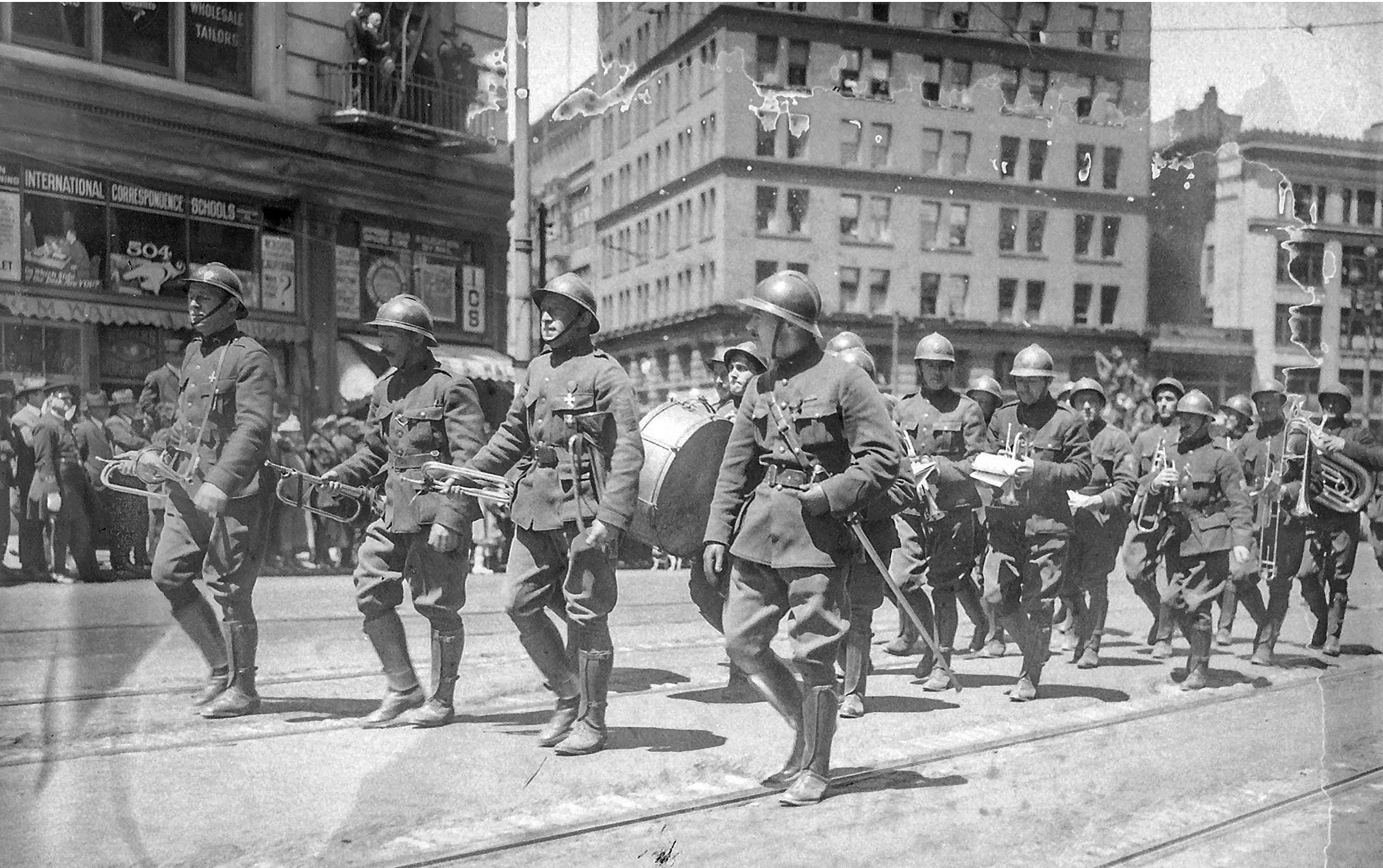 Led by their own music band, the ACM-Belgians parade in the inner city, San Francisco, 14 May, 1918
Led by their own music band, the ACM-Belgians parade in the inner city, San Francisco, 14 May, 1918© Bancroft Library, UC Berkeley
Mid-June 1918, the ACM crosses the Atlantic to France. It parades for the last time in Bordeaux and on July 15, 1918, the ACM is disbanded, even before the final allied offensive on the Western Front starts. An ending on a sad note, so to speak. On the other hand, the ACM-story does not deal with heroic warriors; it is above all a story about 400 Belgians who went to war and became travellers through the Great War.


